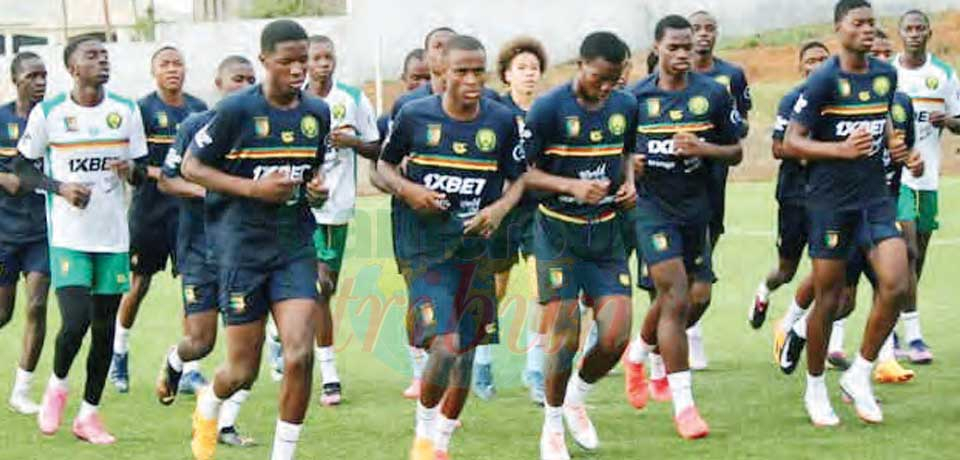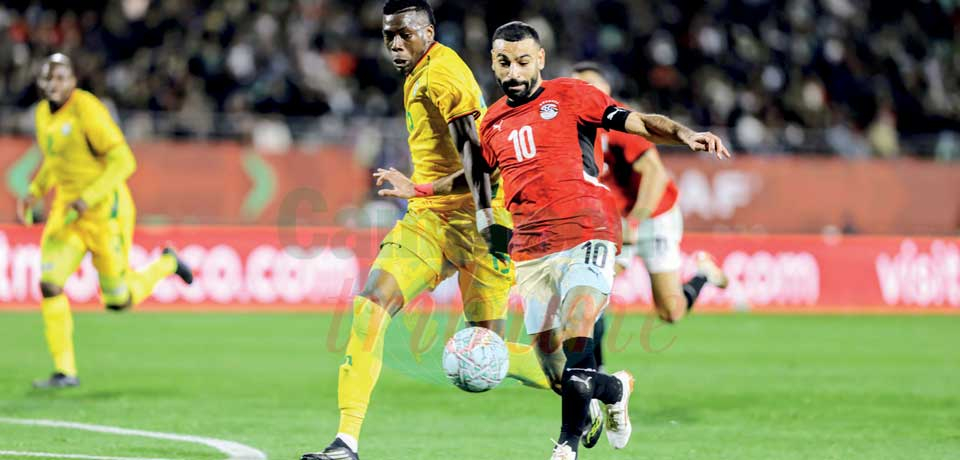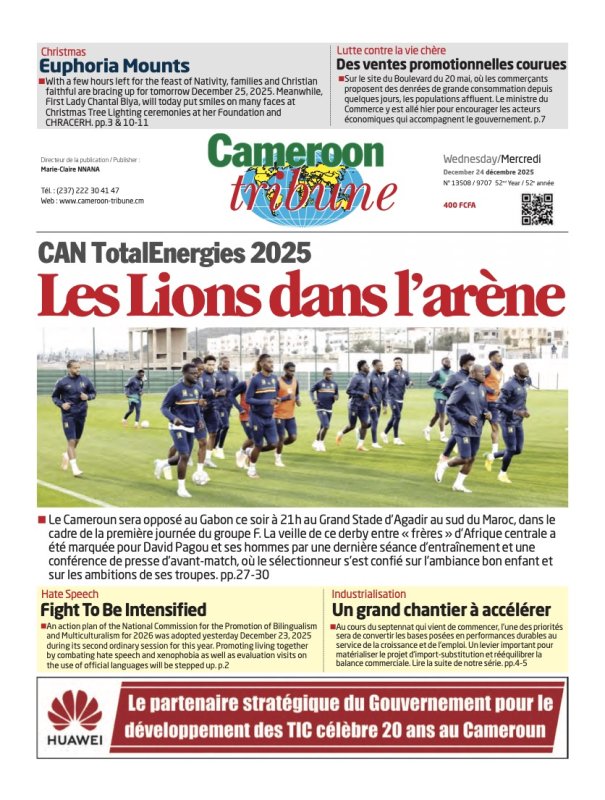Understanding The Underperformance
- Par Dilian WELLENG
- 09 Apr 2025 12:29
- 0 Likes

According to analysts, lack of competitive youth leagues, difficulties in finding and keeping young talent, and a shortage of well-organized youth academies are to blame.
The premature exit of Cameroon's Under-17 national team from the ongoing U-17 Africa Cup of Nations in Morocco has gotten tongues wagging on what could be the causes of the recent drop in the performance of national youth teams.
Lack of Competitiveness
Some analysts believe that the U-17 Lions were not as competitive as their opponents in the competition. They are justifying this to lack of a vibrant youth championship to keep the players fit and always in match situation. A school of thought describes the existing youth championship as ‘national get-together’ where minute tournaments are organized at the divisional and regional levels. Alarmingly, some divisions reportedly have very few youth teams altogether, drastically limiting the pool of players exposed to organized competition. Consequently, those who do emerge from these unstructured environments are often products of chance rather than genuine talent identification. The lack of consistent, high-stakes matches severely hinders the development of crucial match fitness, tactical awareness, and overall player growth. Hence, lack of competiveness. The limited participation in meaningful youth tournaments abroad further compounds this problem, leaving young talents with few platforms to truly test their abilities. As the teams do not play often, the limited camping period is not enough to bring in the necessary cohesion. It was evident that the Cameroonian team in Morocco had individualities but lacked collectiveness.
Hurdles of Talent Detection, Retention
This absence of a competitive youth league has a direct and detrimental impact on talent detection and retention. National team coaches are left with a haphazard process, often relying on limited scouting networks and subjective evaluations. While initiatives like the National Football Academy (ANAFOOT) and private academies like Semences Olympiques strive to nurture young players, their efforts are undermined by the wider systemic failures. Furthermore, the attraction of often uncertain opportunities abroad leads to a significant "brain drain" of promising young players. This not only weakens local leagues but also exposes these youngsters to potential exploitation and setbacks, ultimately hindering their development and future contributions to the national team. While a recent partnership between FECAFOOT and schools to promote football education for younger children is a welcome step, grassroots programmes remain woefully inadequate, failing to provide early exposure to structured trainings crucial for foundational skill development. School competitions like FENASSCO Ligue A and B are leaving much to be desired as concerns following up of talents who emerge in the football competitions.
Quality, Quantity of Youth Clubs, Academies
The problem is further exacerbated by the limited number of organized and well-exposed youth teams and acade...
Cet article complet est réservé aux abonnés
Déjà abonné ? Identifiez-vous >
Accédez en illimité à Cameroon Tribune Digital à partir de 26250 FCFA
Je M'abonne1 minute suffit pour vous abonner à Cameroon Tribune Digital !
- Votre numéro spécial cameroon-tribune en version numérique
- Des encarts
- Des appels d'offres exclusives
- D'avant-première (accès 24h avant la publication)
- Des éditions consultables sur tous supports (smartphone, tablettes, PC)














Commentaires